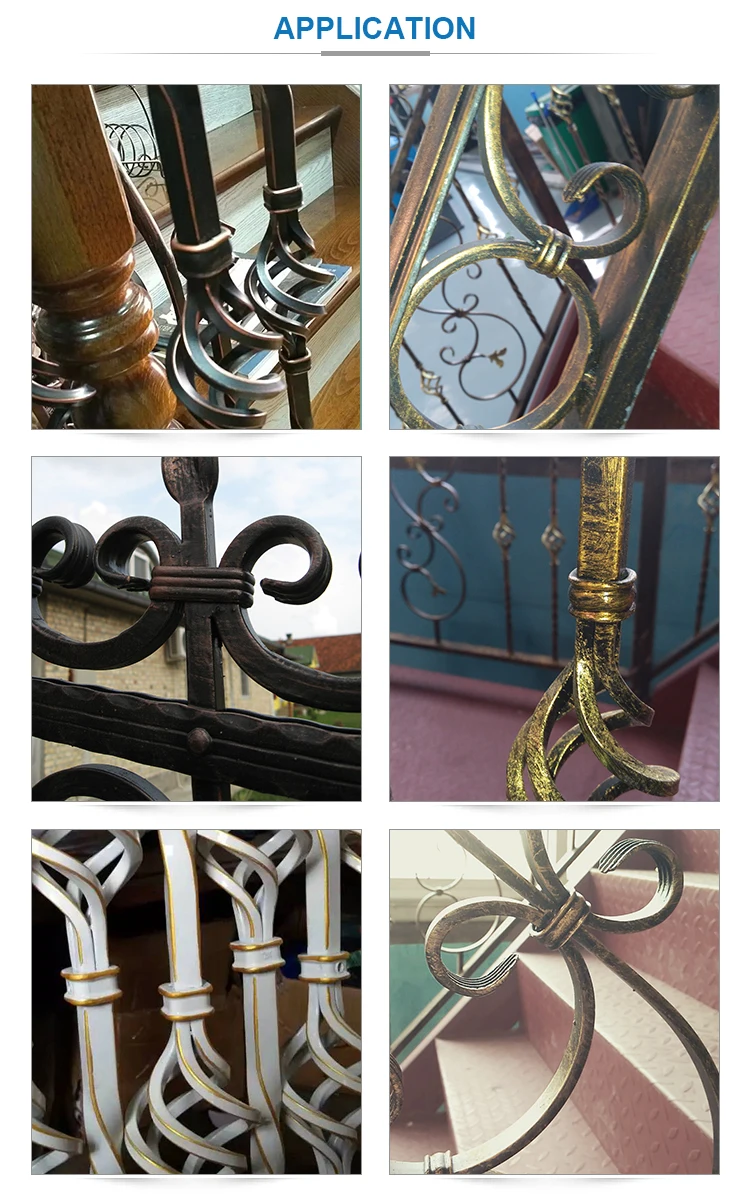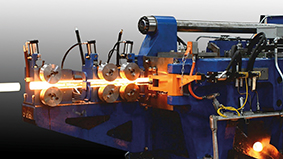
5.33 shows the step-by-step initiation of forging defects caused by small fillet radii. BaDDįillet radii are and important factor in design of forging dies. A thicker rib may have flat edge with two corner radii, each equal to the recommended value Fig. (vi) For comer radii of thin ribs, a thumb rule states that it is always desirable to have the rib thickness equal to twice the value of the comer radius. (v) A comer radius of 1.5 mm is generally considered for aluminum forgings and radius of 3mm is used for titanium forgings of similar shape and size. (iv) The larger the distance from the parting line, the larger the corner radius should be. (iii) Some other factors that considered while selecting corner radii are: Distance from the comer to the parting line, forge ability of metal being work.

(ii) Second, the smaller the comer radius, the higher will be the forging pressure required to fill the die cavity. (i) First, small corner radius requires a sharp fillet in the die steel, which acts as a stress raiser. There are two main factors that must be taken into consideration while selecting a small value of corner radii. (ii) It is advisable to increase the values for web thickness for steel and other metals having poor forge ability then aluminum.

(i) It is always desirable to keep the thickness of a web at the minimum, within practical limns. (ii) Avoid thin-ledged ribs and small fillet radii.Ī web is a thin part of the forging that is passing through or parallel to the forging plane.įollowing are the design considerations for webs: (i) It is recommended to keep the height-to-thickness ratio of a rib below 6, and preferably at 4. 5.29 (c).Ī rib is a thin part of the forging that is normal to the forging plane.įollowing are the design considerations regarding the ribs:

(v) Another recommended method for providing the draft, is to provide greater draft on the shallower die cavity. Therefore, eliminating any draft on the surfaces. (iv) Sometimes, changing the orientation of the die cavity may result in natural draft. (iii) Try to make use of the natural draft inherent in some shapes, such as conical and curved surfaces, when designing the forged product. This is justified as outer surface will shrink away from the surface of the die cavity as a result of the part’s colling down, and hence provide easy removal of the forging.

(ii) It is also recommended to apply a smaller draft angle on the outside periphery than on the inside one.


 0 kommentar(er)
0 kommentar(er)
